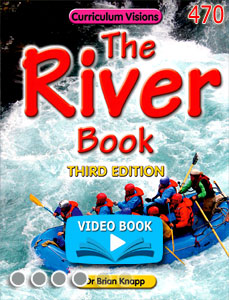A river is made up of a main channel and many branches, or tributaries that come in to it. Any river or stream that comes into the main channel is a tributary, even if it is very large. For example the Missouri River is bigger than many of the world's rivers, but is still only a tributary of the even bigger Mississippi.
Where a tributary meets a main river, the place is called a confluence. Many towns and cities have been formed at confluences, especially if the main channel and tributary are navigable because the spot is good for exchanging goods and making a market.







